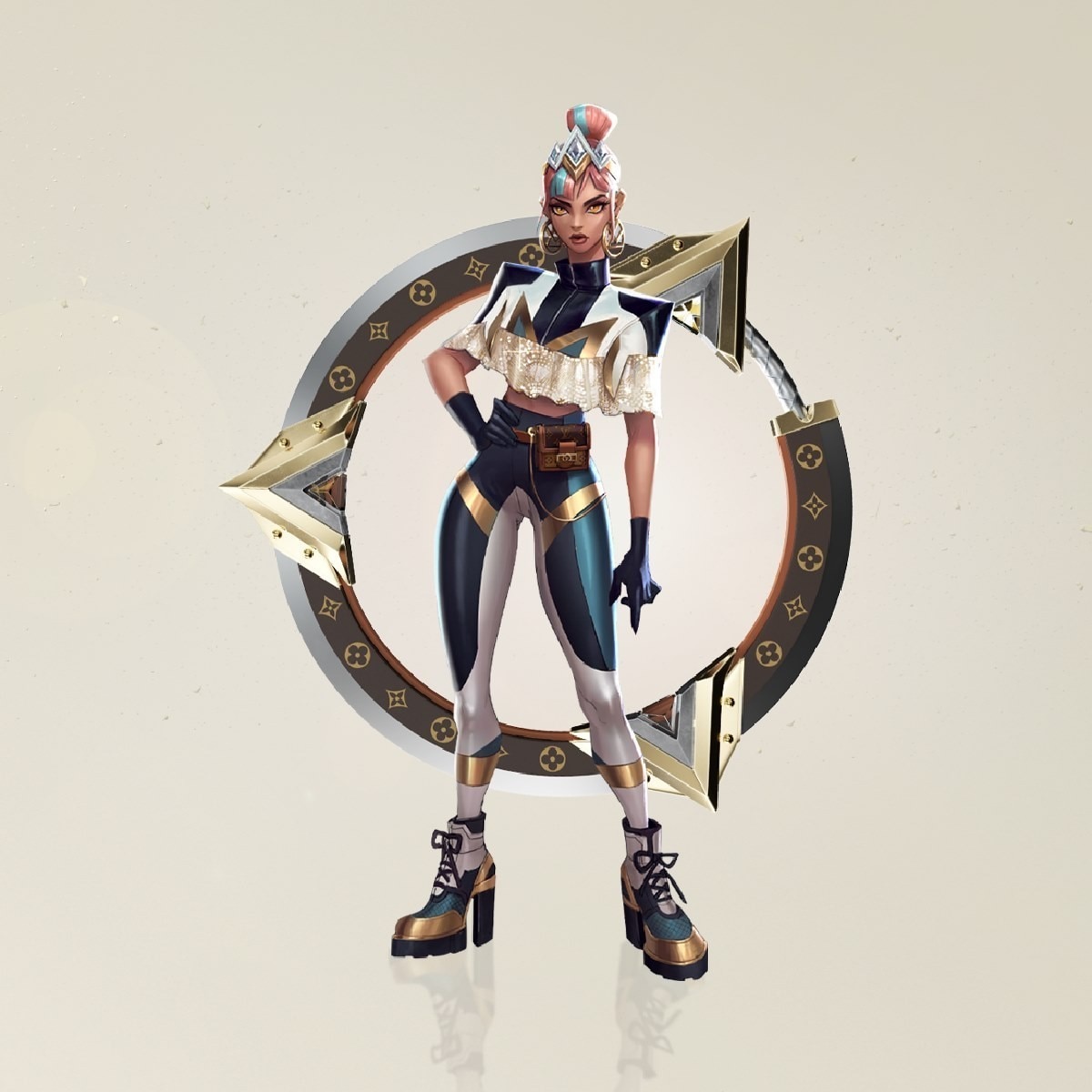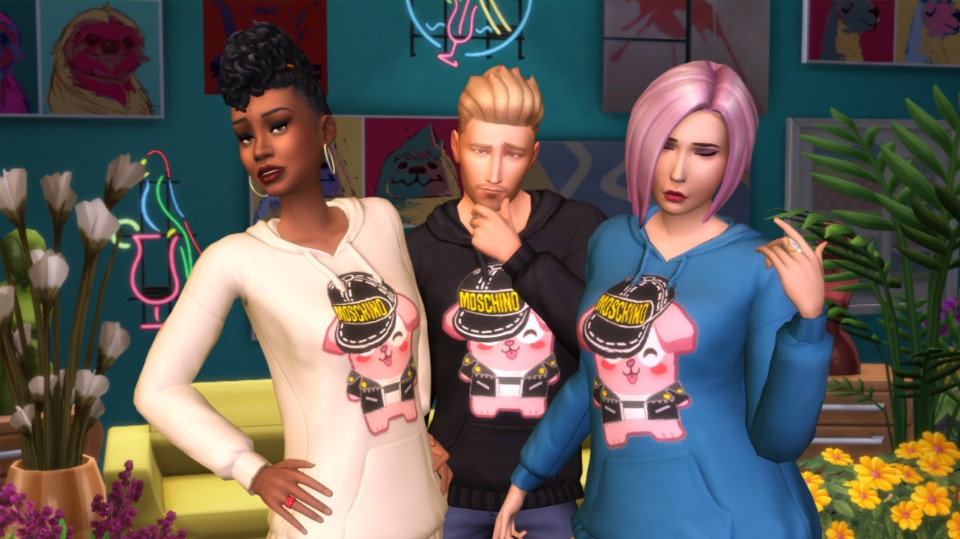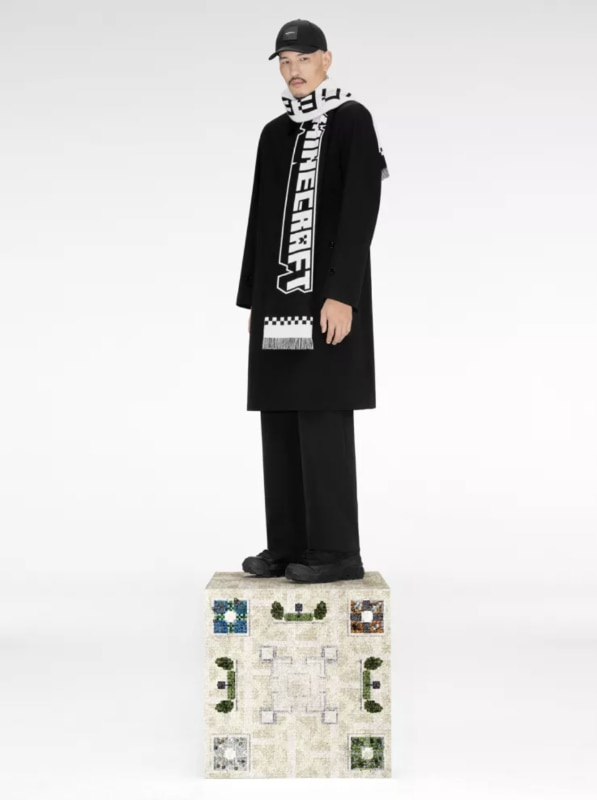Fashion has always played a role in all kinds of video games. Even when it isn’t essential or doesn’t impact the storyline, the ability to customize avatars and the surrounding virtual environments gives players a vast array of choices and opportunities to enhance their gaming experience.
In recent years, fashion’s appealing yet secondary role in gaming has undergone a dramatic transformation. Developers and brands have recognized the immense potential of games that make fashion the main attraction. The rise of “fashion games” has started to gain traction and become one of the most prominent trends in contemporary gaming. A prime example is Dress to Impress, a hit title on the Roblox platform. The game challenges players to style models within a limited timeframe before sending them down the runway, adhering to set themes. It offers an ever-expanding selection of clothing, accessories, makeup, and hairstyles. As one of the most popular games of 2024, Dress to Impress capitalized on the Brat Summer trend with a collaboration featuring Charli XCX for a collection that included acid-green T-shirts with the iconic Brat logo, faux-fur coats, and ripped jeans.
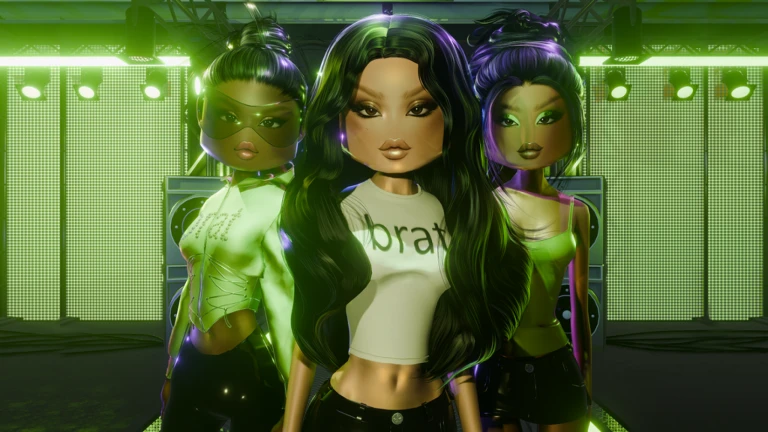
Another highly discussed example of fashion taking center stage in gaming is Infinity Nikki, a Chinese open-world game that won Breakthrough of the Year at the 2024 Game Awards. Infinity Nikki is unique in that it not only places fashion at the heart of the gameplay but also makes it a tool the heroine needs to save the world. It’s not every day that you see a game where, to defeat bosses and progress through the story, players rely not on violence but on magical outfits and synchronized choreography.
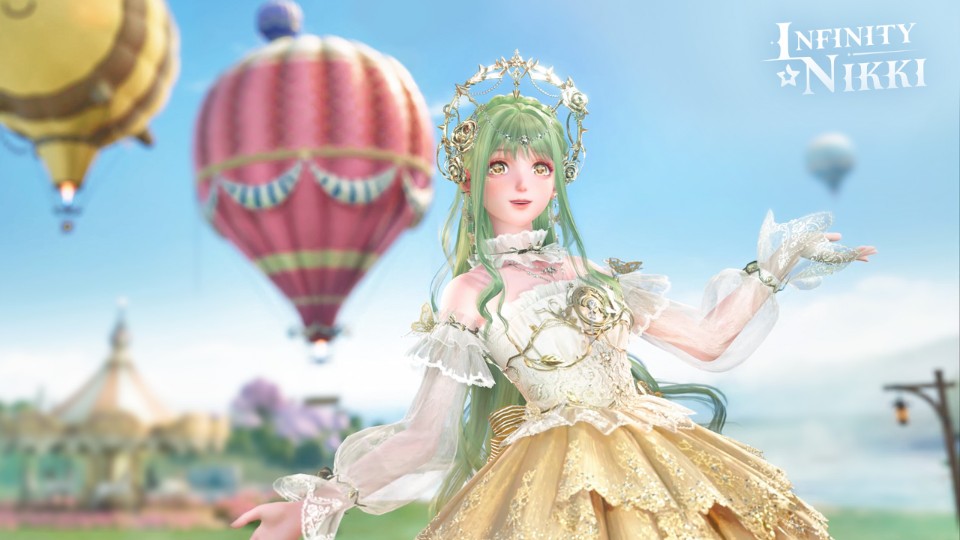
Alongside dedicated “fashion games,” another emerging trend is the collaboration between fashion brands and video games. The start of 2025 saw a striking example: Fortnite teamed up with Adidas to create the Ultraboost Peely sneaker, inspired by one of the game’s most beloved characters. True to its namesake, the shoe mimics the look and texture of a banana peel, both in color and design. This isn’t Fortnite’s first venture into fashion – since its launch in 2017, the Epic Games-developed title has collected an extensive list of collaborations with major fashion brands, like Balenciaga and Adidas, as well as celebrities, and it has even ventured into the pop culture world, creating an ever-expanding metaverse of possibilities and combinations.
Fashion brands are increasingly making their way into the digital world, offering exclusive collections that exist both in the videogames and in physical stores. This alliance is driven by a shared and innate need for a recognizable aesthetic: just as our daily clothing choices can shape how we perceive ourselves and interact with the outside world, the customization of an avatar can similarly influence our digital and imaginative experience. This practice fosters significant brand awareness among Generation Z and other younger demographics, who are increasingly willing to brand their virtual experiences – sometimes even more than their physical, everyday lives.
This intertwining of gaming and fashion is also reflected in the Advergame strategy, which merges “advertising” and “gaming,” leading some fashion brands to now create their own video games for promotional purposes. Balenciaga has been at the forefront of this movement, launching Afterworld: The Age of Tomorrow and reimagining classic games like Snake Game to promote collections or even designing mini games to build hype around runway shows and new collection releases.
The concept of fashion is becoming increasingly dematerialized in order to integrate into the metaverse and the infinite virtual worlds. This signals the rapid arrival of the “fashion of the future,” showing how the aestheticization of everyday life blurs the lines between reality and fiction while redefining how aesthetics influences our daily lives.


